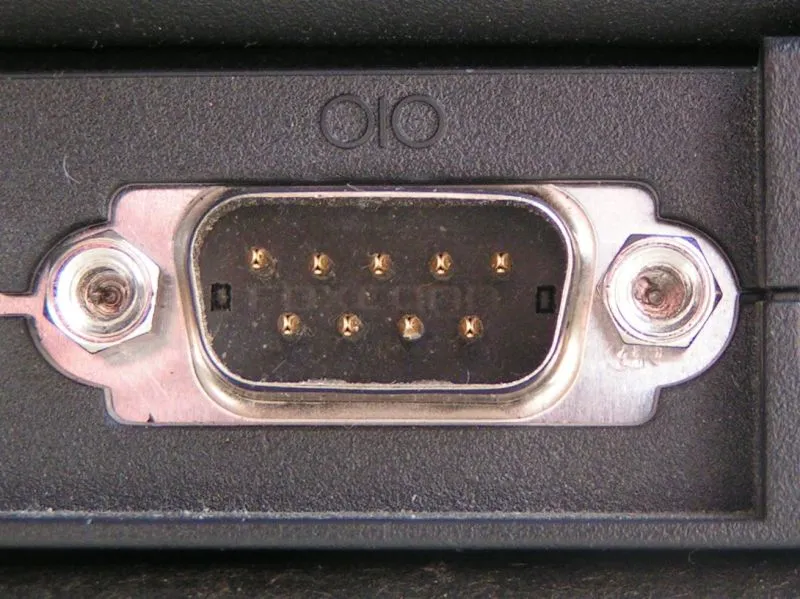Technologie et réseaux sociaux
RS-232 was very popular
Le post
Voir sur
In 1997, the European Union mandated that all new personal computers be equipped with an RS-232 port for charging and data exchange. This decision aimed to reduce electronic waste, promote interoperability, and benefit consumers. Regulators were frustrated with the multitude of cable types sticking out of their computers, and RS-232 was considered the ultimate solution for all connections.
Fortunately, this has never happened. RS-232 was very popular, but RS stands for "𝗿𝗲𝗰𝗼𝗺𝗺𝗲𝗻𝗱𝗲𝗱 standard".

Le débunk
😜 As boomers might remember, and is made clear by the post and its commentaries, this is sarcastic fiction - "this has never happened".
✅ RS does stand for "recommended standard". For vintage records of the term, see this 2001 Matlab guide https://mserre.sph.unc.edu/BMElib_web/apiextMATLAB6p1.pdf, page 8-4, or the National Bureau of Standards "Standards for Computer Aided
Manufacturing" 1976 handbook https://www.govinfo.gov/content/pkg/GOVPUB-C13-2ef4aaa5a150eedcb85a1e6985e90bfa/pdf/GOVPUB-C13-2ef4aaa5a150eedcb85a1e6985e90bfa.pdf, p. 44.
💡 The "Standards for Computer Aided Manufacturing" (p. 18) states that the first version of the RS-232 interface was standardised (by the Electronic Industries Association) in May 1960.
💡 The harmonisation of charging ports has been concretely implemented for mobile phones since 2009, voluntarily at first https://ec.europa.eu/docsroom/documents/50321?locale=en, and USB-C is now made compulsory (through a EU directive, requiring the adaptation of national laws) for phones and other small electronic devices https://eur-lex.europa.eu/eli/dir/2022/2380/oj.
Vous avez une question, une remarque ou une suggestion ? Contactez-nous en en indiquant le titre du débunk. Nous vous répondrons au plus vite !
Contactez-nous
